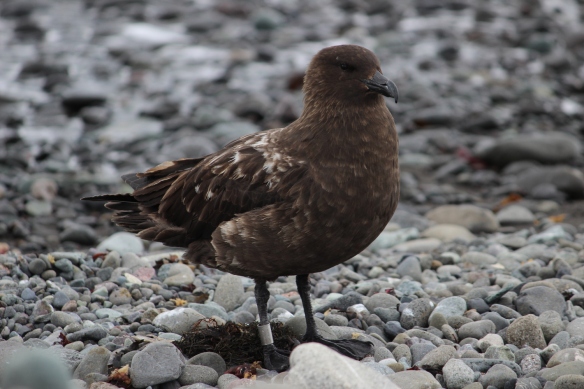WorldBookProject has taken me to many unexpected places, but this time I went to some extraordinary corners of the world. I had some kind of map with me almost all the time while reading these books. Quick overview: Guernsey is in the Channel (between France and Great Britain), the French Southern Lands are also known as the Crozet Islands and Kerguelen Islands in the Southern Ocean south of the Indian Ocean, Heard Island is just around the corner from there, and Mauritius is in the Indian Ocean.
Many thanks to Aran and her friends from Slovakia who organised the Mauritius book for me.
129 Bailiwick of Guernsey: Diana Bachmann – A Sound like Thunder
Generally, I like reading historical fiction, and a book set around 1930 to 1945 should make for a gripping/haunting read. Unfortunately, this one didn’t quite deliver to my mind. I found the characters way too stereotypical and the plot too soap-opera-like. Having said that, I thought the author managed very well to convey the feeling of utter despair people on the island must have felt after the Allied landing in Normandy when Guernsey was left in Nazi-German hands for another year. The book is the first part of a trilogy.
130 French Southern and Antarctic Lands: H.W. Tilman – Mischief among the penguins
Mischief, who would have thought, was the name of a sailing ship, and the author its skipper. Together with a handful of male companions (women were not allowed) they sailed from England to the Kerguelen islands and back. I learned a lot of sailing vocabulary, but I still don’t know really what a gybe is (only that it’s bad). I don’t like people who slaughter penguins, but the sailors’ sense of adventure was brilliant. And I unexpectedly met the skipper again in book 132.
131 Mauritius: Ramesh Ramdoyal – Tales from Mauritius
The stories offered insights into the lives of the communities of fishermen and their families, and also some background on the island’s history, such as slavery. With most of them, you could always see an invisible finger telling you how to behave. It was rather moralising at times. However, a lot of the tales had an unexpected creepy twist or a funny bit, which reminded me somewhat of Roald Dahl’s stories. There’s a second part, More Tales from Mauritius, which I’ll read in good time.
132 Territory of Heard Island and McDonald Islands: Philip Temple – The Sea And The Snow: How we reached and climbed a volcano at the ends of the Earth
Like book 130, this was the account of an expedition, and as mentioned above, the skipper was the same, albeit on a different ship. This time, the blokes (again, no women) went to Heard Island to climb the local volcano. It was impressive to read how they dealt with all that Antarctic nature threw at them. Less impressed was I by their careless attitude towards the environment, something the author acknowledged in the 50th anniversary edition which I read. I really liked the openness and honesty of the writer – how people behaved and how they dealt with the psychological stress on top of the physical exhaustion. And I think this must have been the very first expedition I read about which contained descriptions of relieving yourself overboard or in freezing conditions on a mountain slope.

























